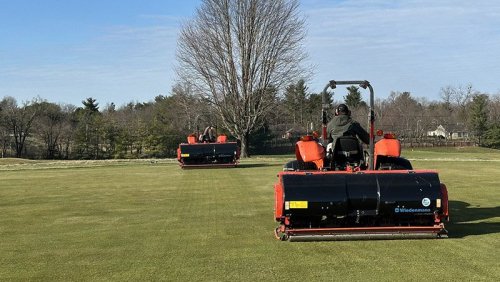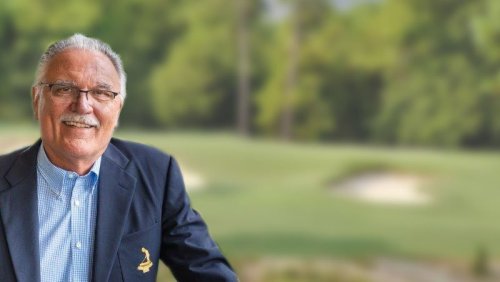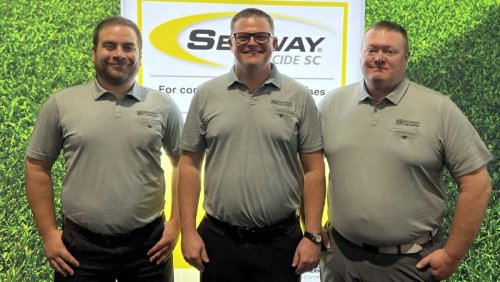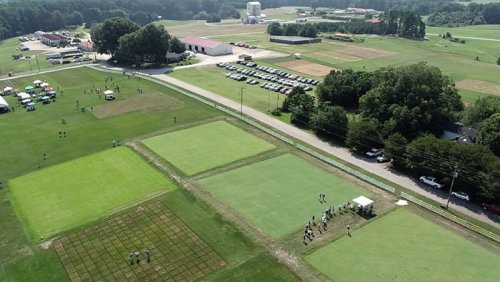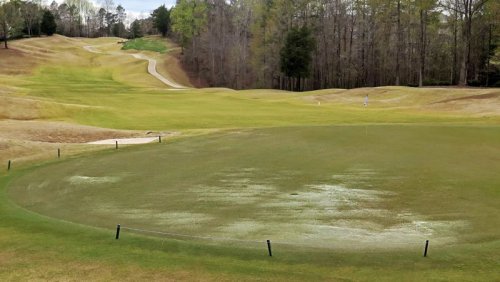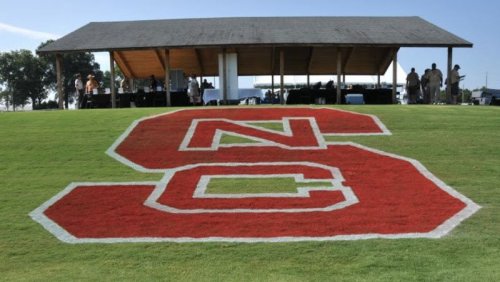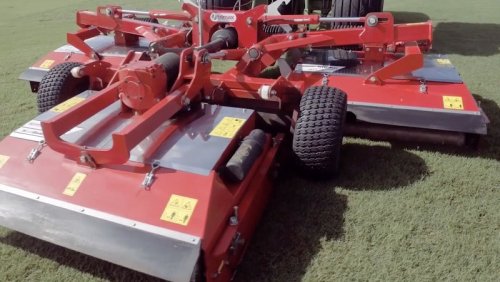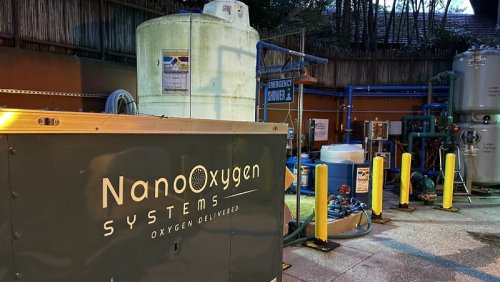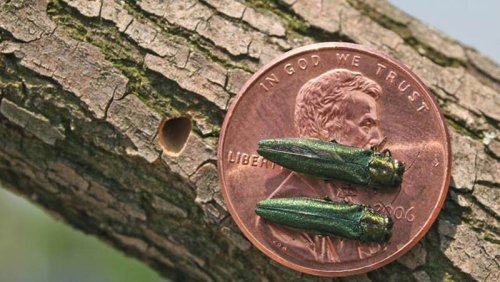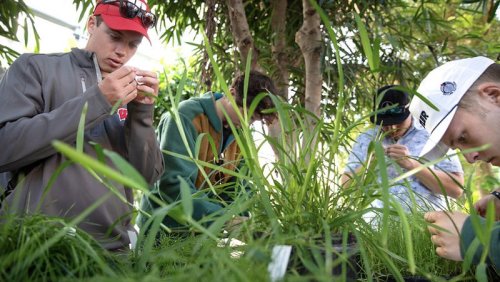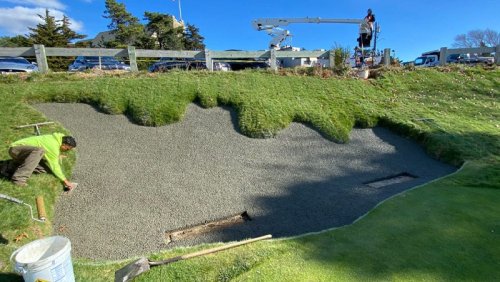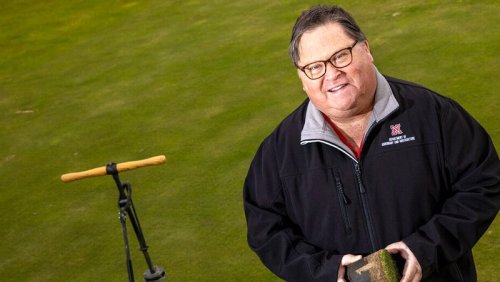
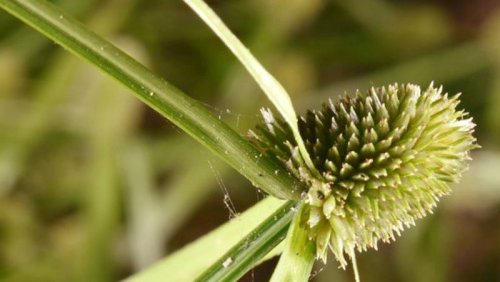
The University of Tennessee Mobile Weed Manual can help users identify weeds and offers tips on how to control them. Designed to help users select the proper herbicide for use in turf and in ornamentals, the free guide is available on the App Store and Google Play for use on phones and tablets. A desktop version also is available.
Users can find pests and solutions cross-referenced by weed, turfgrass species and herbicides.
Digital images help users with identification of 49 grassy weeds and 81 broadleaf weed species. The guide also provides detailed information on each weed in the guide, including a description of size and growth habits, and where and under what conditions each thrives. Complete with a new user interface, the guide includes labels and safety data sheet information for more than 160 pre- and post-emergent herbicides and mixes.
The guide also offers efficacy and tolerance data for herbicides on 21 turfgrass varieties of turfgrasses and more than 2,000 ornamental species.
- Read more...
- 1,209 views



